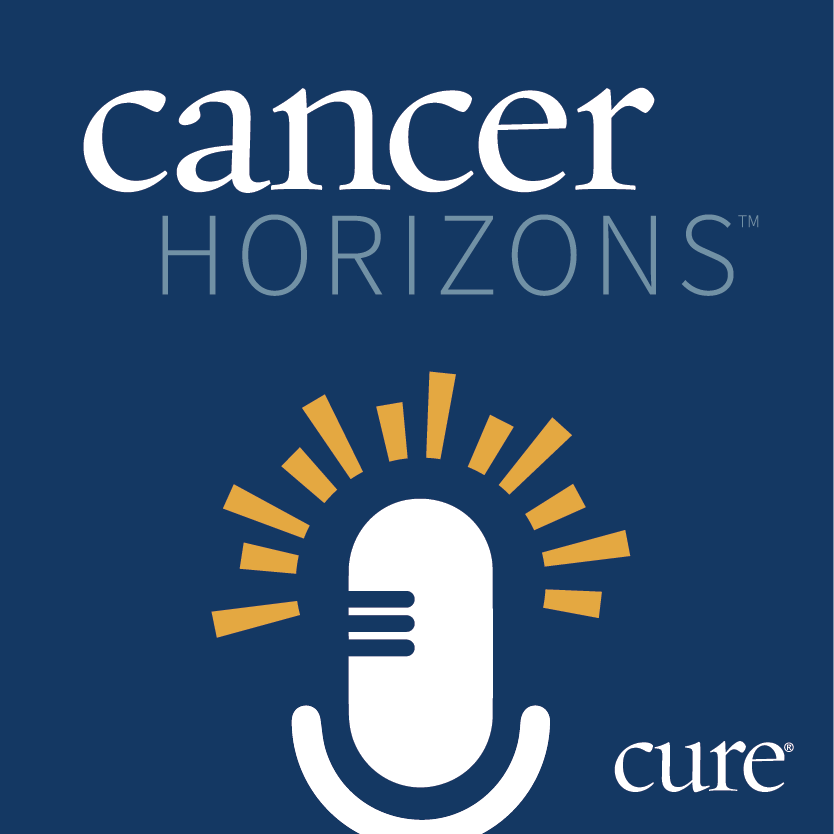News
Article
Camrelizumab Combo Doubles 5-Year Survival in Phase 3 Lung Cancer Trial
Key Takeaways
- Camrelizumab plus chemotherapy doubled the five-year survival rate in advanced squamous lung cancer to 27.8%, reducing mortality risk by 43%.
- The CameL-sq trial demonstrated camrelizumab's efficacy as a first-line treatment for advanced squamous NSCLC, supporting Healthy China 2030 goals.
Camrelizumab combo doubled the five-year survival rate in advanced squamous lung cancer, reducing mortality risk by 43%, in a Phase 3 trial.
Camrelizumab plus chemotherapy doubled the five-year survival rate to 27.8% in advanced squamous lung cancer, reducing mortality risk by 43% in a Phase 3 trial: : © stock.adobe.com

Hengrui Pharmaceuticals has announced that their camrelizumab combination therapy has doubled the five-year survival in a phase 3 trial of patients with advanced squamous lung cancer, according to a press release from the drug’s manufacturer.
The five-year overall survival rate was 27.8% for patients treated with camrelizumab plus chemotherapy, which indicates that more than one-quarter of patients survived beyond five years. Patients who received placebo and chemotherapy experienced a five-year overall survival of 15.3%. In addition, the drug reduced the risk of mortality by 43%, which according to the release will enable more patients to achieve long-term survival.
Study findings were produced from the CameL-sq trial, a randomized, double-blind, multicenter, phase 3 study, presented at the 2025 European Lung Cancer Congress (ELCC). The trial evaluated the efficacy and safety of camrelizumab versus a placebo in combination with carboplatin and paclitaxel as first-line treatment of advanced squamous non-small cell lung cancer (sq-NSCLC) with negative driver genes.
The CameL-sq study showed that camrelizumab plus chemotherapy increased the five-year survival rate by 15.3% over the control group, marking a key step toward the Healthy China 2030 cancer prevention goals.
The five-year survival rate is a key measure for evaluating potential clinical cure in oncology, according to the release. China’s Healthy China 2030 initiative aims to raise the overall five-year survival rate for patients with cancer by 15%.
Camrelizumab, a humanized IgG4 monoclonal antibody developed by Hengrui Pharmaceuticals, binds with high affinity to PD-1 and has been shown to improve overall survival in several solid tumors, including lung, liver, esophageal and nasopharyngeal cancers, according to the release. At the 2024 ELCC, long-term follow-up data from the CameL study highlighted the efficacy of camrelizumab plus chemotherapy as a first-line treatment for advanced non-squamous non-small cell lung cancer. Findings showed that about one-third of patients survived more than five years.
Epidemiologic data from the National Cancer Center consistently shows that lung cancer has the highest incidence and mortality rates in both men and women, as per the release. Early symptoms are often overlooked, leading to most cases being diagnosed at an advanced stage. In the era of traditional chemotherapy, the five-year survival rate for advanced lung cancer was below 10%. Among histologic subtypes, squamous NSCLC poses unique challenges, as it does not benefit from targeted therapies, resulting in poor survival outcomes. While immunotherapy has significantly improved prognosis, many clinical needs remain unmet.
Previously, the Food and Drug Administration (FDA) issued a second complete response letter for camrelizumab plus rivoceranib as a first-line treatment for unresectable or metastatic hepatocellular carcinoma, without specifying deficiencies. The initial new drug application was accepted in July 2023, followed by a first complete response letter in May 2024 and a second submission in October 2024.
The phase 3 CARES-310 trial showed median overall survival of 23.8 months with the combination versus 15.2 months with sorafenib. Median progression-free survival was 5.6 versus 3.7 months. Hypertension was the most common side effect. Findings were presented at the American Society of Clinical Oncology 2024. Antengene Corp., a leading commercial-stage, R&D-driven global biopharmaceutical company focused, plans to address the FDA’s concerns regarding the response letter.
For more news on cancer updates, research and education, don’t forget to subscribe to CURE®’s newsletters here.




